Welcome to A Wild Green Heart, here in that strange betwixtmas realm, with Christmas gone and the year almost - but not quite - ended. I invite you to pop the kettle on, make your favourite brew, clear aside some of the Christmas clutter, and hunker down for a little winter beauty, courtesy of my beloved, magical urban wild space, Pomona Strand. If you're listening, please ensure you scroll through the images as you do!
As regular readers and listeners will be aware, I've been exploring slowing down in my posts all this month. Regulars may also know that Pomona has my best teacher in recent years, and this is doubly true in terms of slowing down. So today I'm combining my December photo diary report from Pomona with some reflections on slowness, specifically in the shape of sit spots and our entanglement with wild places.
Willow Flag at Pomona, December ‘24
Many people are increasingly familiar with the notion of sit spots these days (I've also heard them called entanglement spots and brooding spots) - a spot in a wild space, or a green area such as a garden or park, to simply sit and notice what is happening around you. It's about disentangling from the world of human culture, and paying keen attention to the more-than-human world through the use of all of our senses. There aren't really many rules as such, but it's fairly obvious that a smart phone will work against this intention. Generally speaking, allowing at least twenty minutes of practice is helpful. Occasionally this feels like a long time, but for the majority of occasions I've been in a sit spot, time simply seems to disappear. And, sometimes, unpredictably, other realms seem to open up and magic unfolds before me.
In terms of slowing down, sit spots have surely been my most common practice in the last few years, and I have several favourite spots at Pomona. These include Scrapyard View on the edge of the Bridgewater Canal, and Sand Martin Point, with a view across the River Irwell. This latter is especially favoured during the months from March to September, when the sand martins have returned to Pomona and frequently feed over the river in their joyfully aerobatic way.
View from Sand Martin Point, Dec 2024
But the place that has been my most frequent and faithful place to sit is undoubtedly Lupin Lookout, which overlooks Magic Pool.
View across Magic Pool towards Lupin Lookout, August 2024
View from Lupin Lookout, Dec 2024
Much of the magic that I report from Pomona by way of posts like Kingfisher Encounters is the result of sitting in one sit spot or another for a long time. The deepening of my experience has definitely come from returning to the same place repeatedly over time. It's the kind of fidelity that opens us up to more of the wisdom of, and communion with, the beyond-human world.
As Martin Shaw writes in his mythologised memoir “Bardskull”
I am realising that so much of this experience is about fidelity, and so little about imagination. It's about turning up.
Turning up, showing fidelity to place, is a theme that Shaw returns to often. Here he is writing in his excellent book “Courting the Wild Twin”
Beauty is created not just by desire but by diligence. By circling again and again like a hawk round the well to what truly sends you both dizzy with admiration but also utterly focused in service. Be mastered by beauty is what I'm saying. Be defeated by it. Rise to it in the weepy faithfulness of your response.
This encapsulates very much the spirit of my regular, ongoing times spent at Pomona, and I have very much been defeated by her beauty, in every season.
“Pomona is Wild and should not be defiled” - December 2024
Here's Shaw for a third time, this one from an essay he wrote for Emergence magazine. This one digs a little more into the rationale for fidelity and diligence; the kind of perspective it requires, and the fruit of such devotion:
Move from seeing to beholding: To see a situation is to catch the facts of the matter. To behold it is to witness the story. If you dwell entirely with statistics and data, you will be a burnt match within months. Move from just seeing the world to beholding the world. Seeing is assessment and analysis; beholding is wonder and curiosity. It’s not that we don’t need the former, but when we crank it up excessively, we always damage the latter. Make space for the miraculous, make space for grace—these energies show up constantly in our lives. To behold them is to bear witness to them. To celebrate them. That’s an infectious and noble position to take. Difficult situations require sustained beholding. They are not necessarily to be dissected or defeated but sat with. Could there be a third way that arises from fidelity of attention?
My experiences at Pomona are testament to this truth. Choosing to faithfully show up at the same wild place, regularly over time, open to wonder and with genuine curiosity to learn, have led to me beholding things there which are beyond my understanding and ability to put into language, but which have shaped my life in ways I am forever grateful for.
All of this is to say, in terms of slowing down, I would urge anyone who is able to do so, to make this single practice of sit spots a regular one. I've found it to be supportive, healing, expansive and a gateway to wonder and communion with the more-than-human world.
With all that said, let's move on to some photos and encounters from Pomona this month.
The main noticeable shift in December has been the reappearance of what I call “The Midriff Marshes” across the body of Pomona. Many days of heavy rain in late November and throughout December have transformed large swathes of the land into boggy, waterlogged terrain, as you can see in these images:
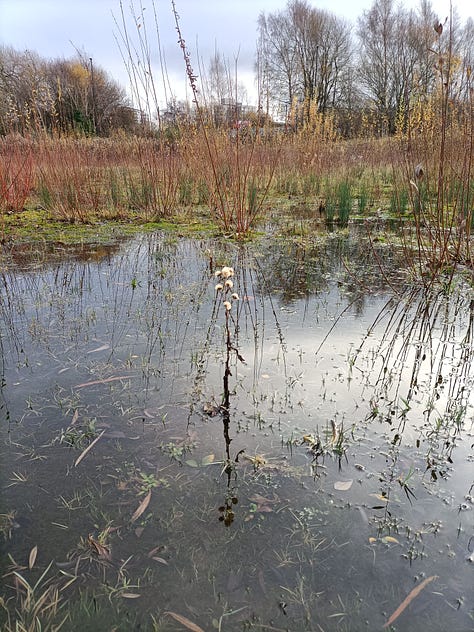
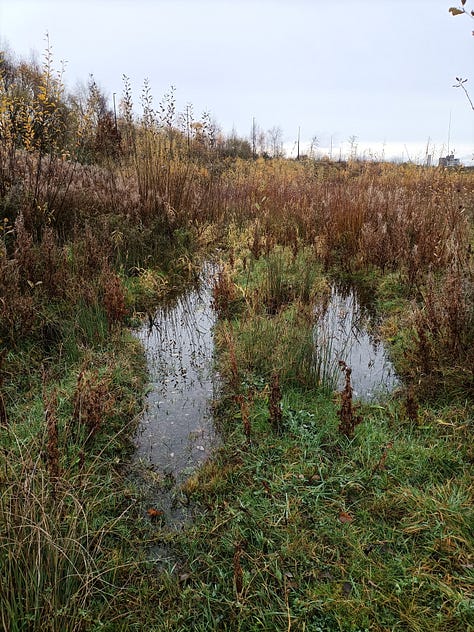
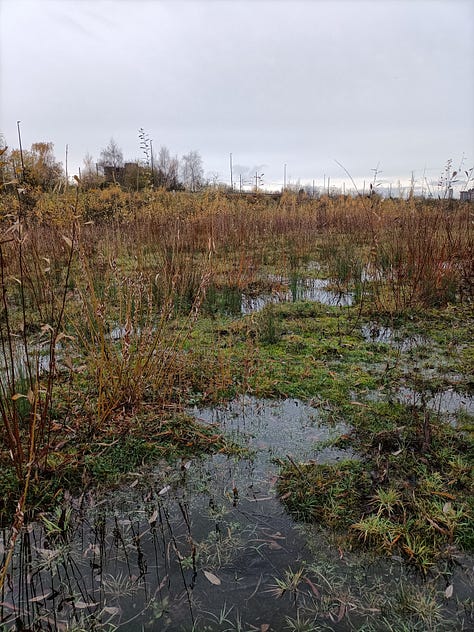
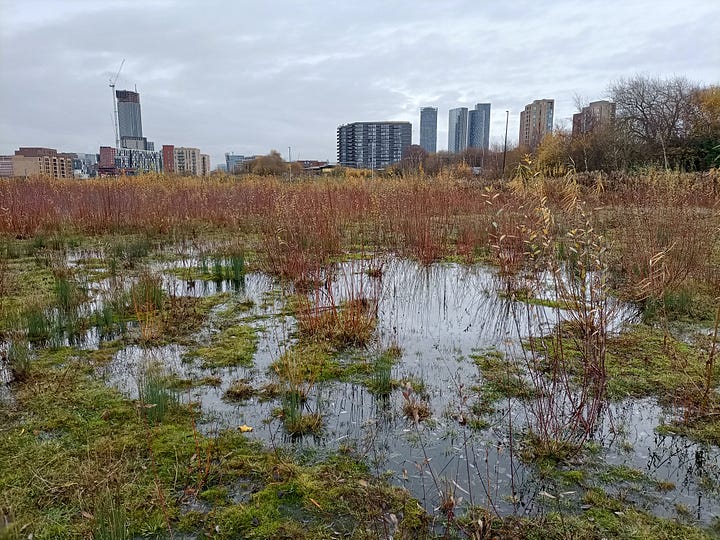
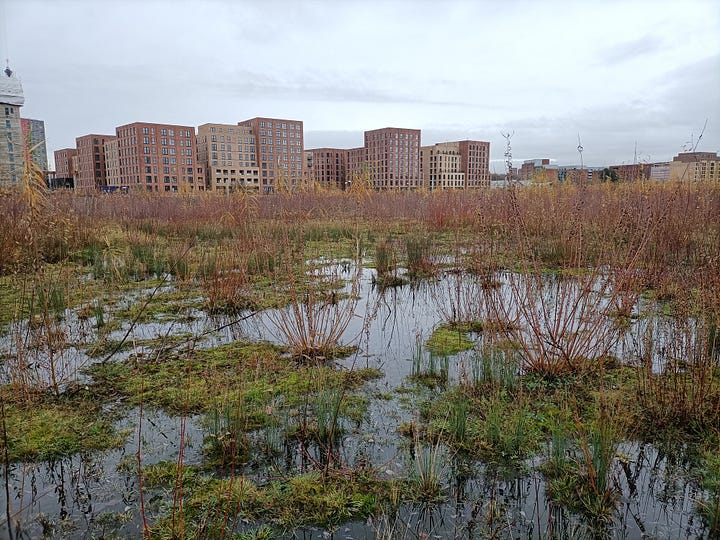
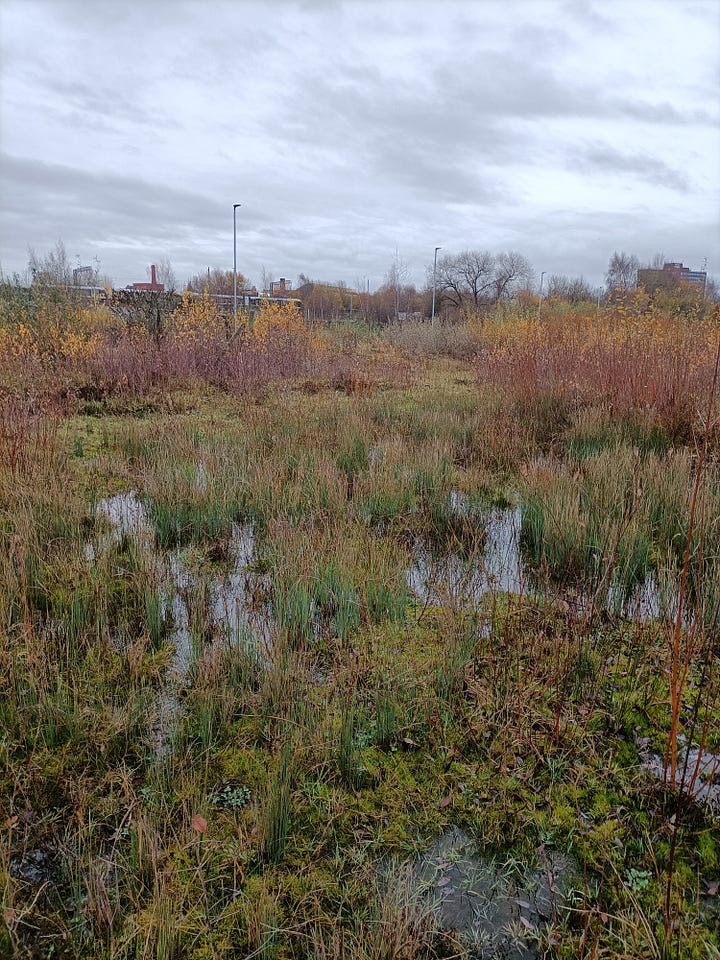
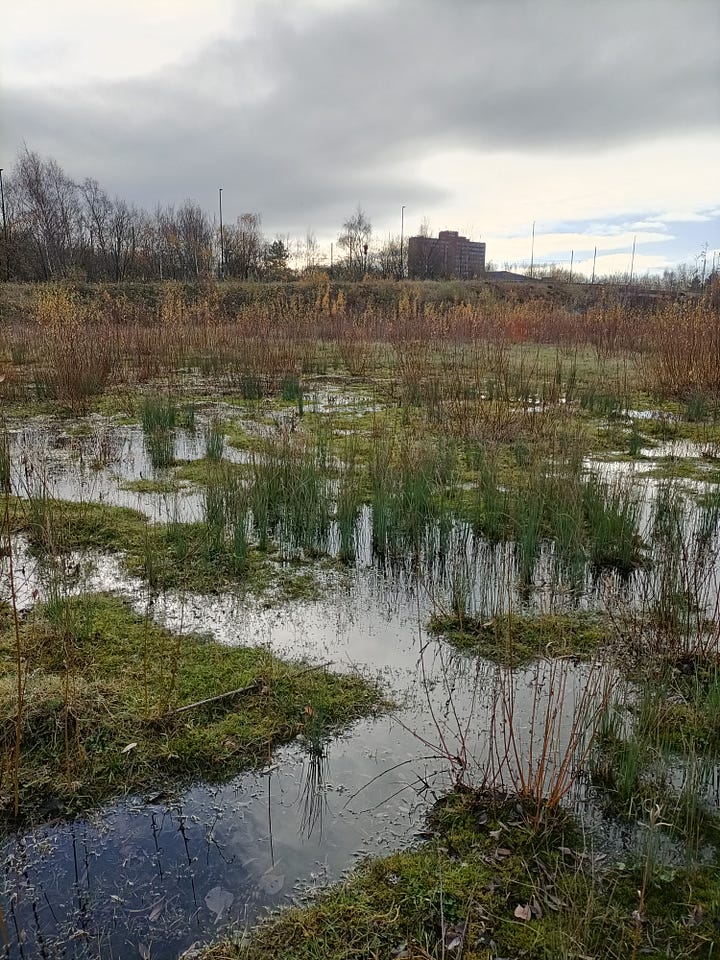
I've spent a lot of time this month wandering slowly around this area, marvelling at the way that the water has changed the look and feel of Pomona once again.
What's interesting to note from images such as this one, is how the damage done by heavy machinery at the start of the year has provided additional grooves for the water to pool in. These are clearly tyre marks from the tractors:
I've also, finally, confirmed that snipe have returned this winter (having been brutally forced away by the destruction of their habitat in January). They're not present in the same numbers as last winter, when I counted at least twelve. But there's definitely a single pair over-wintering here, and judging from how far away I was when I flushed them, and how high and far they flew once flushed, they are certainly common snipe rather than their rarer cousin the jack snipe. Both species were present this time last year, as far as I can tell.
Towards the end of December there was so much marshland! It's really hard to capture just how much water is present, but this picture gives an idea…
As for the drier parts of Pomona, I've been astonished, yet again, by how much colour is still around in December if we're looking for it. There are plenty of greens and reds in this corner:
Even at this dark time of year, when the sun comes out, every naked willow is transformed into a burning bush, intensifying my feelings of walking on sacred ground.
I think this particularly vivid greenery is a kind of sedge:
And even the sheer range of browns is, in my eyes, bewilderingly beautiful:
Talking of browns, I've been struck by the sheer beauty of certain willow leaves this month. The way they twist and curl while still attached to the slender stem is somehow mesmerising:
Is there a purpose to the formation of these glorious death-sculptures? I have no idea. Please drop a comment if you happen to know. For now, I'm more than content with simply admiring them.
Finally, here are a couple of shots from my Christmas morning walk at Pomona. It's one of my favourite times to visit her. The rest of the world is so much quieter than usual that the birdsong sounds extra exuberant. This year the forecast was for overcast skies, but the sun came out as I arrived and everything appeared even more holy in its presence. The birth of the Son in the Christian calendar was deliberately placed at the time of the return of the sun after the darkest days of winter, which makes so much sense. I honestly think it was the most profoundly Christmassy I've ever felt. It became easy to speak words of wonder and praise to everything I encountered.
Bright Christmas morning
Christmas morning slow companion
One day all our towers will be reclaimed as forests
That's all for this month's slow series, and this year's posts. Thank you for following along on this slowly unfolding journey.
What have you noticed in your December wanderings in wild spaces? Do you have a favourite sit spot for connecting to the more-than-human world? What has kept you sane this Christmas? I'd love to hear about any of these things, or indeed anything you wish to talk about, in the comments.




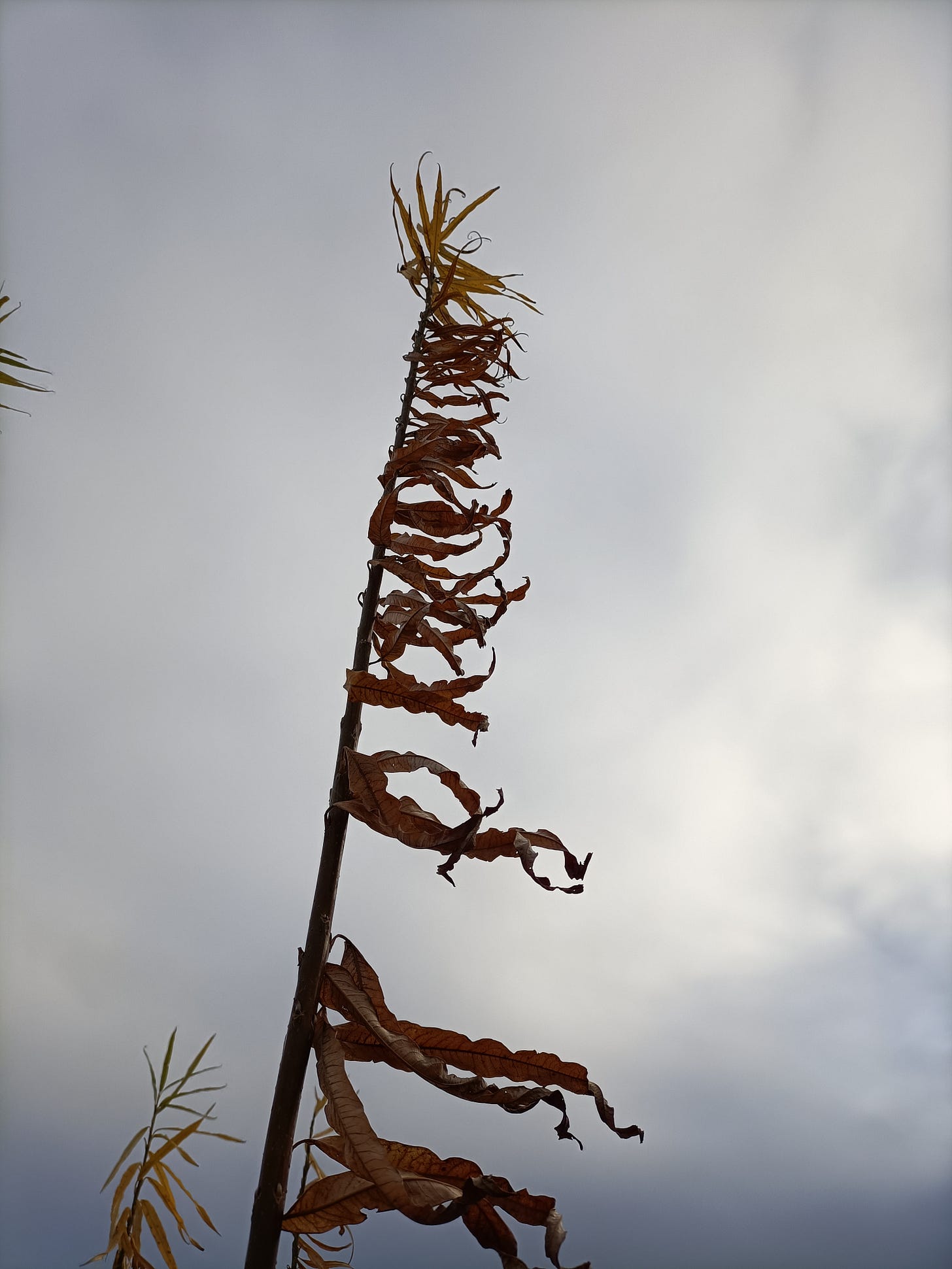

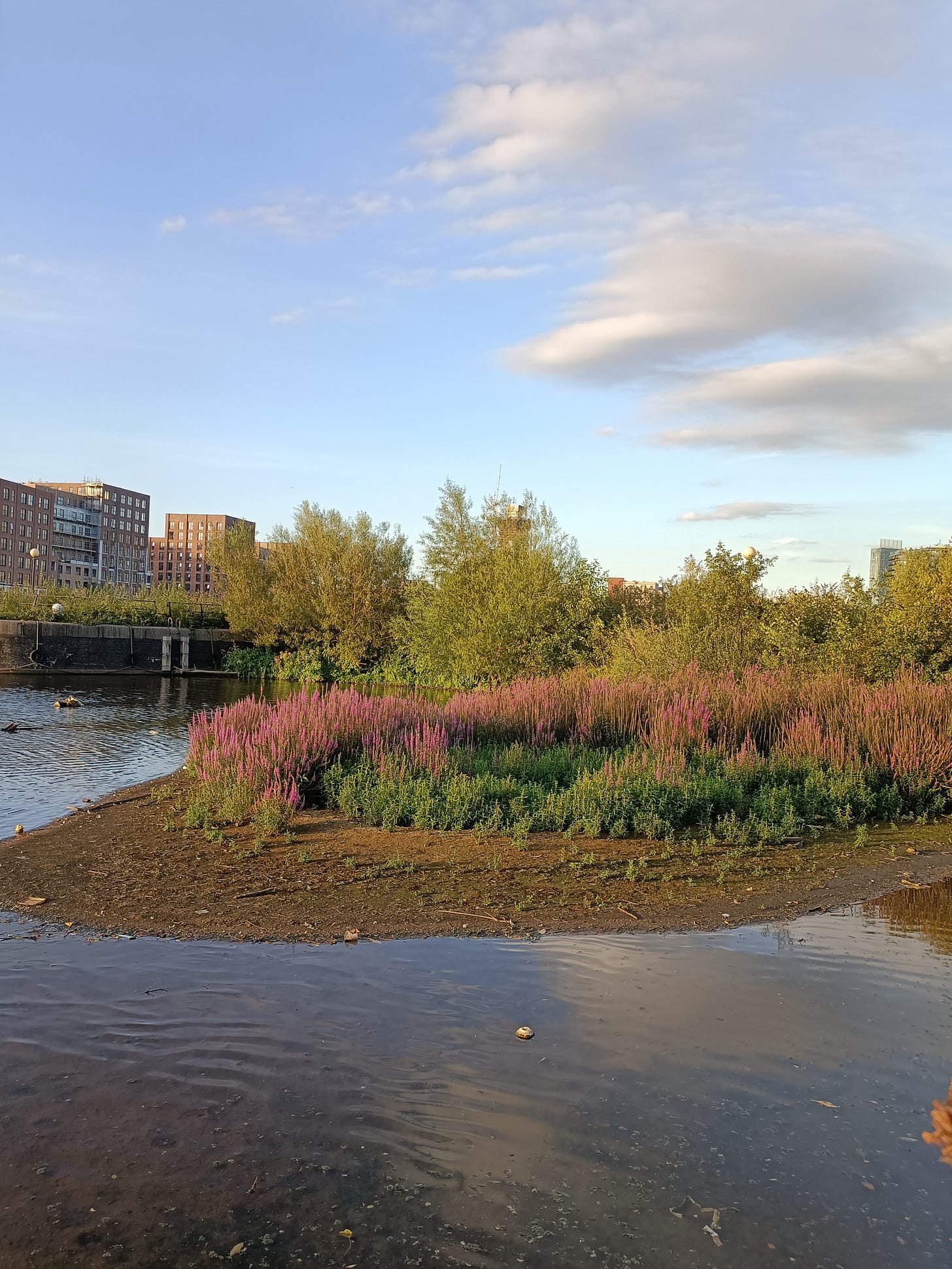
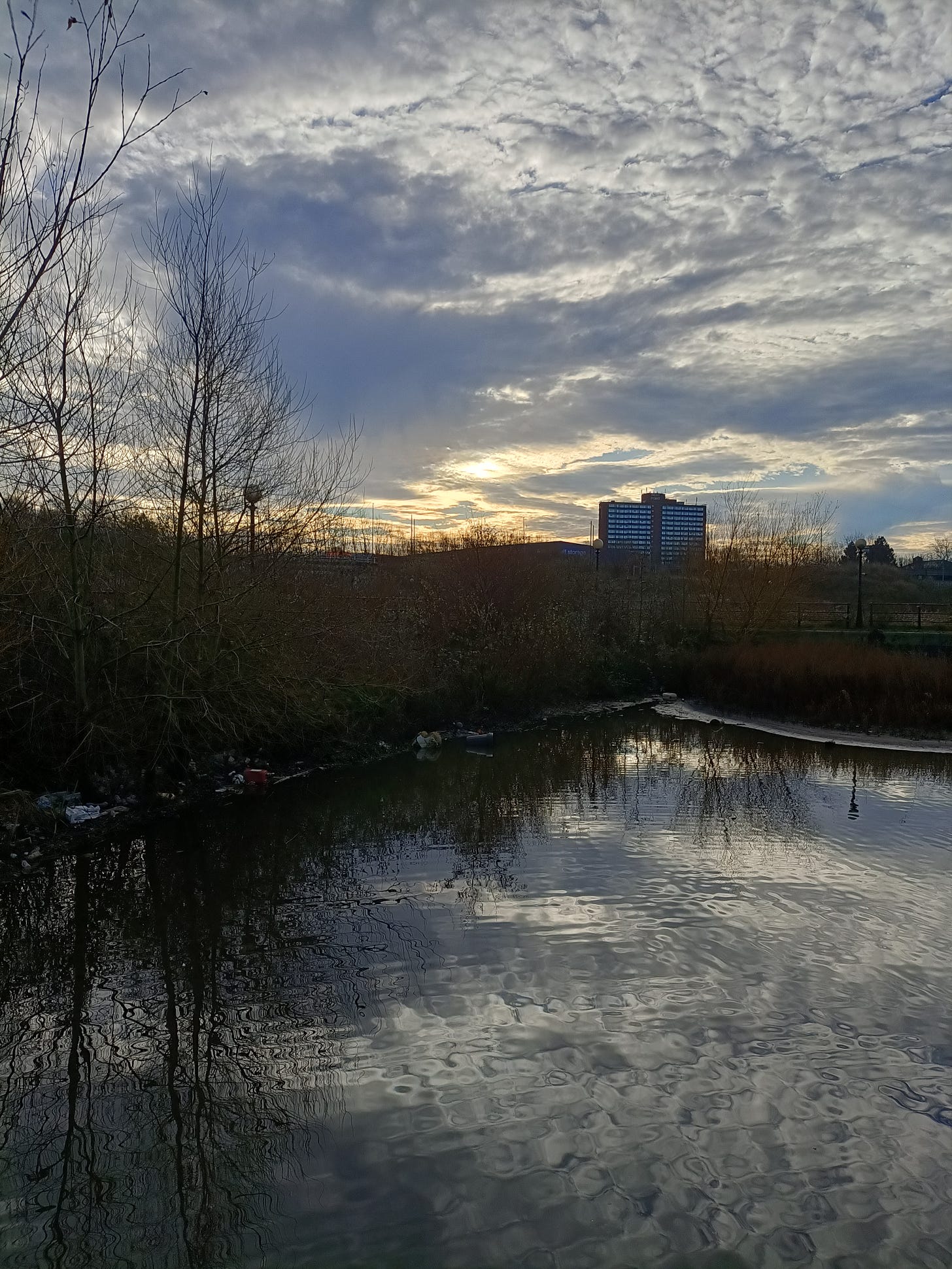
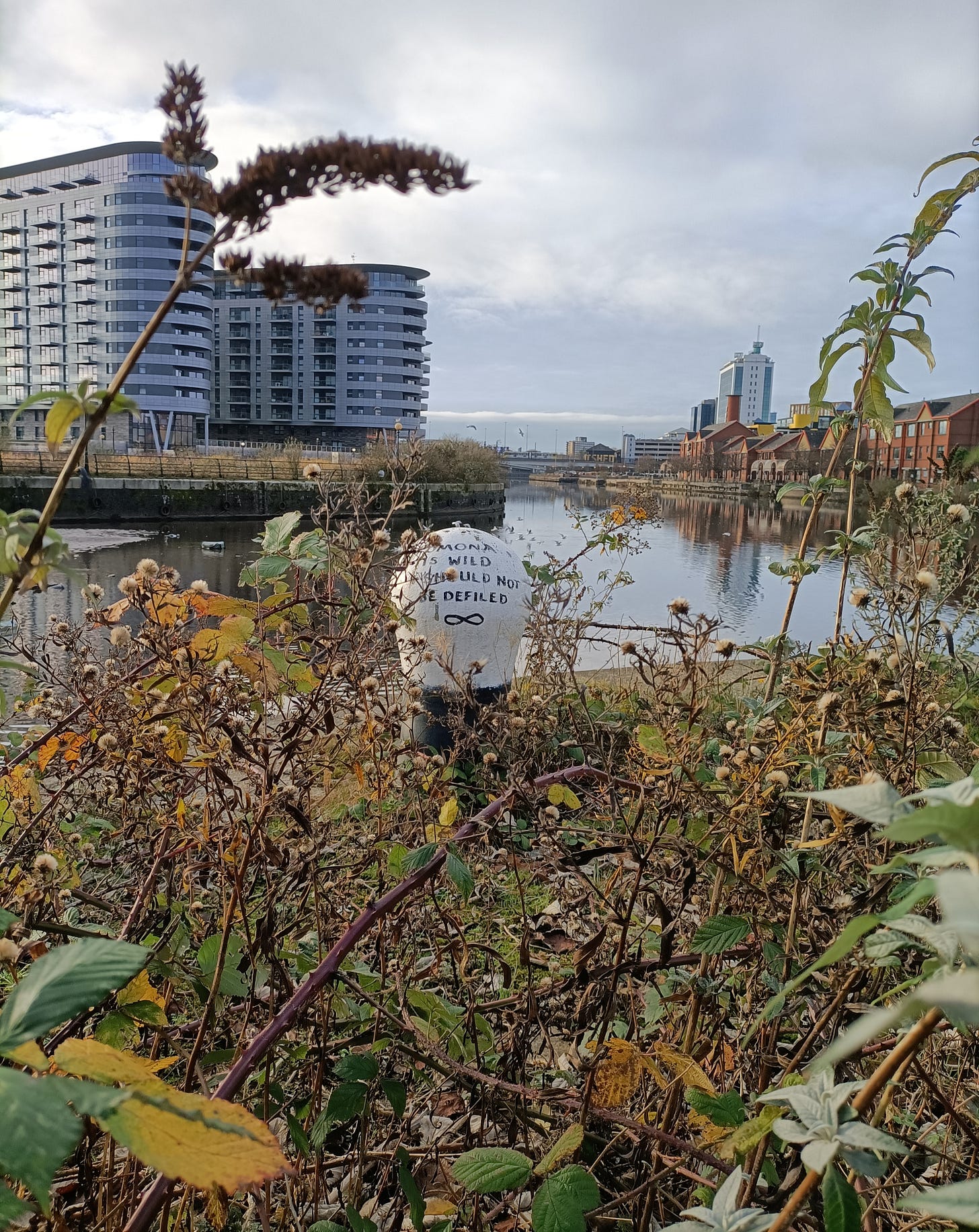


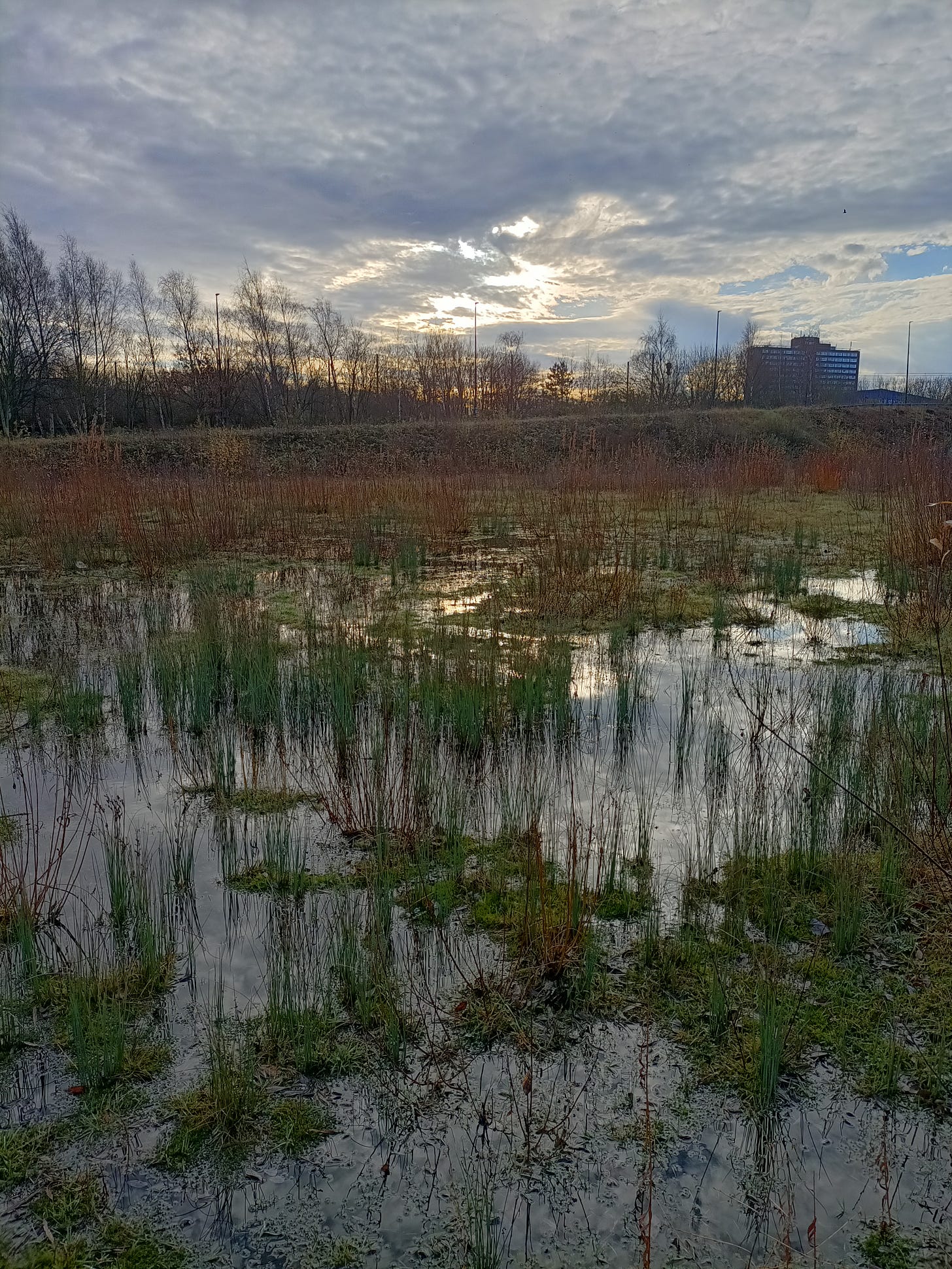
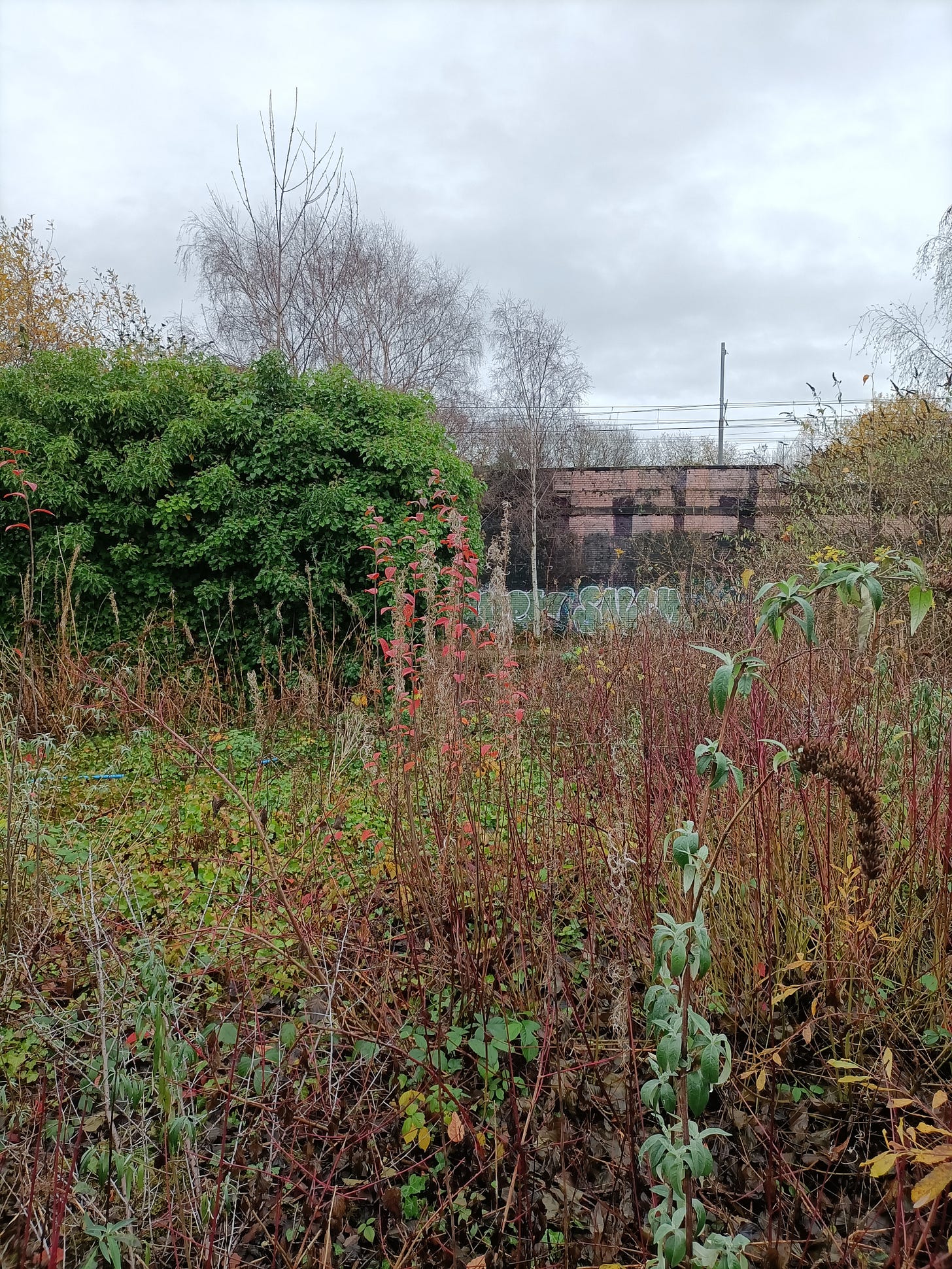
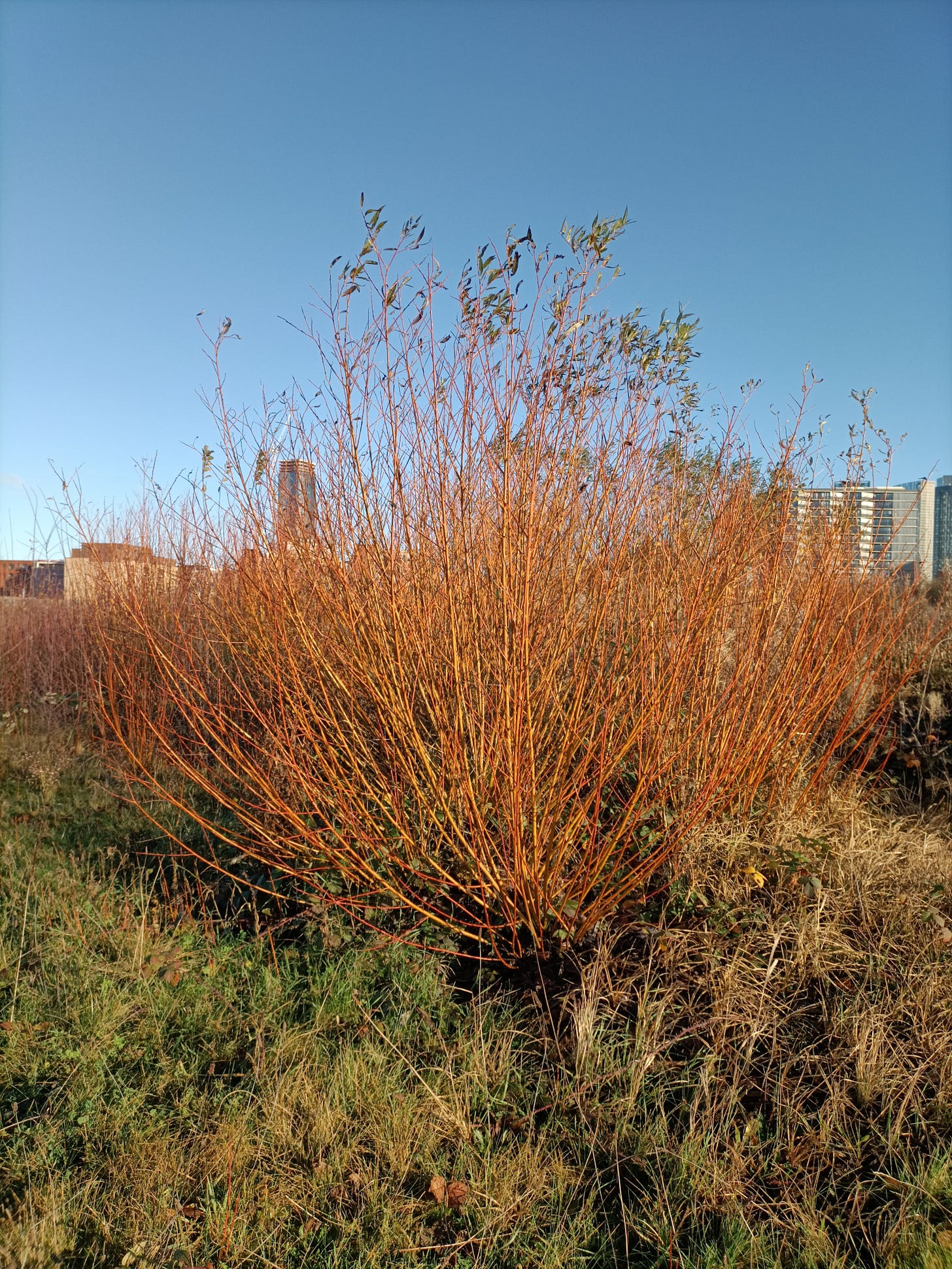


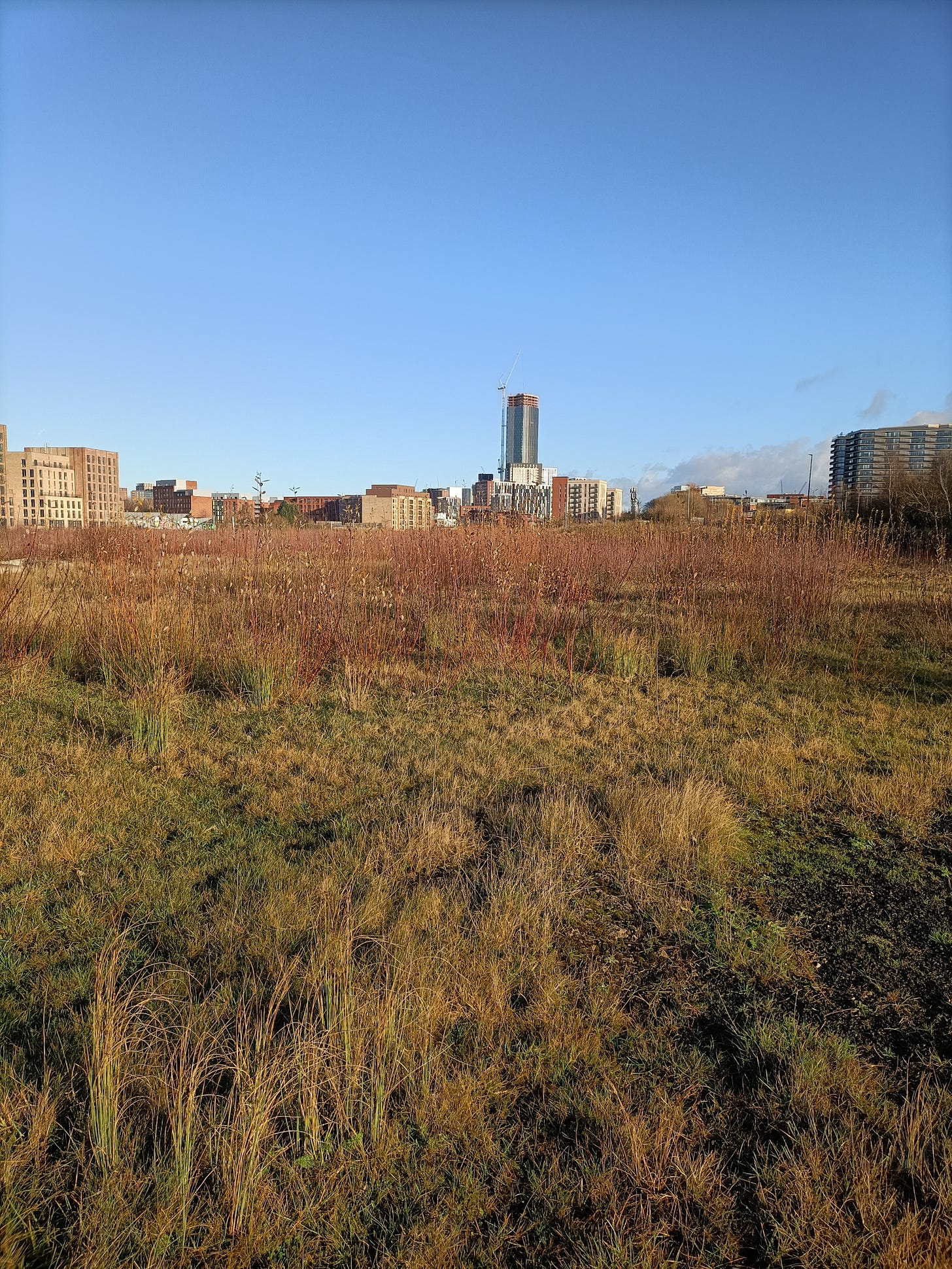

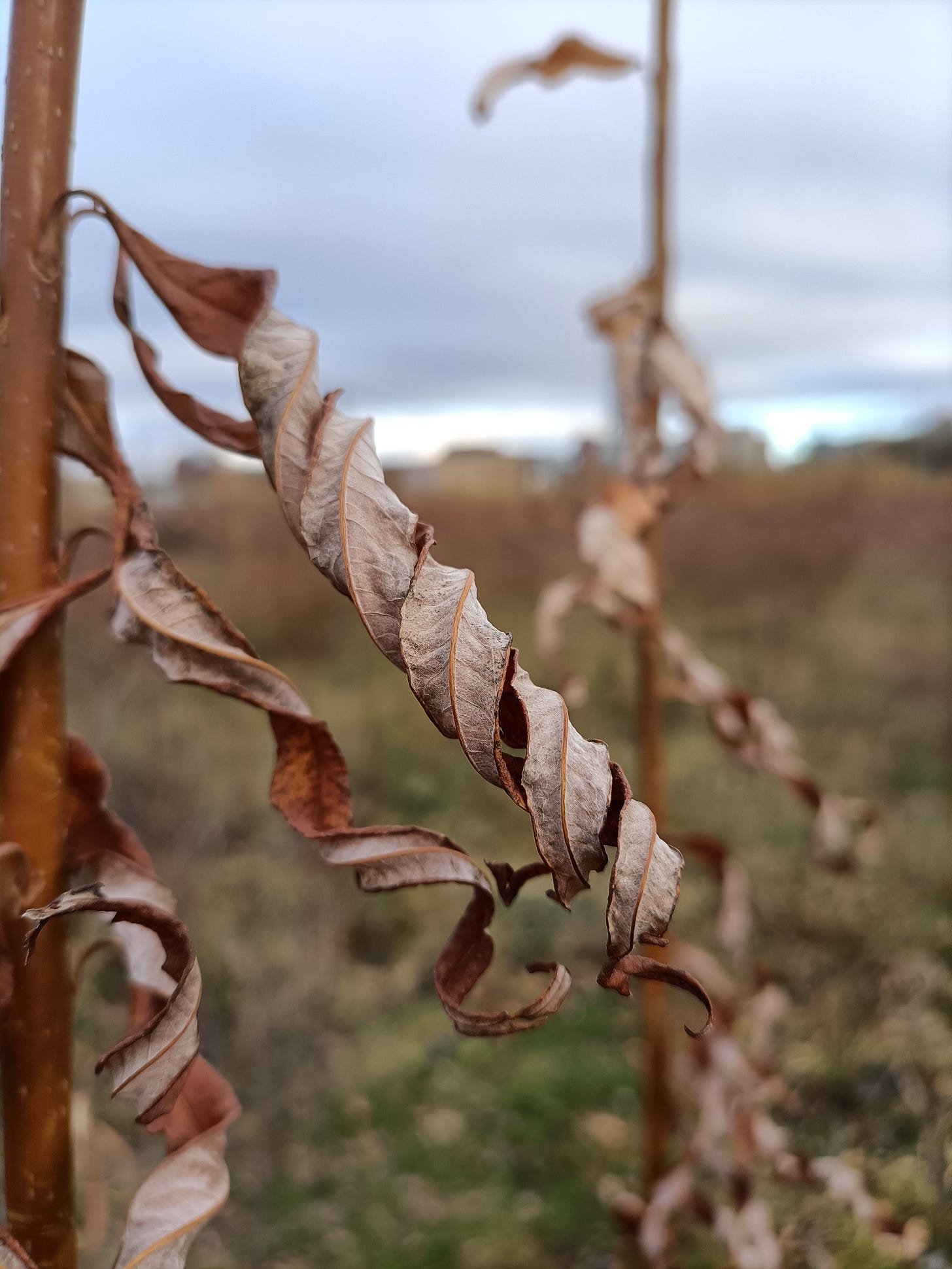
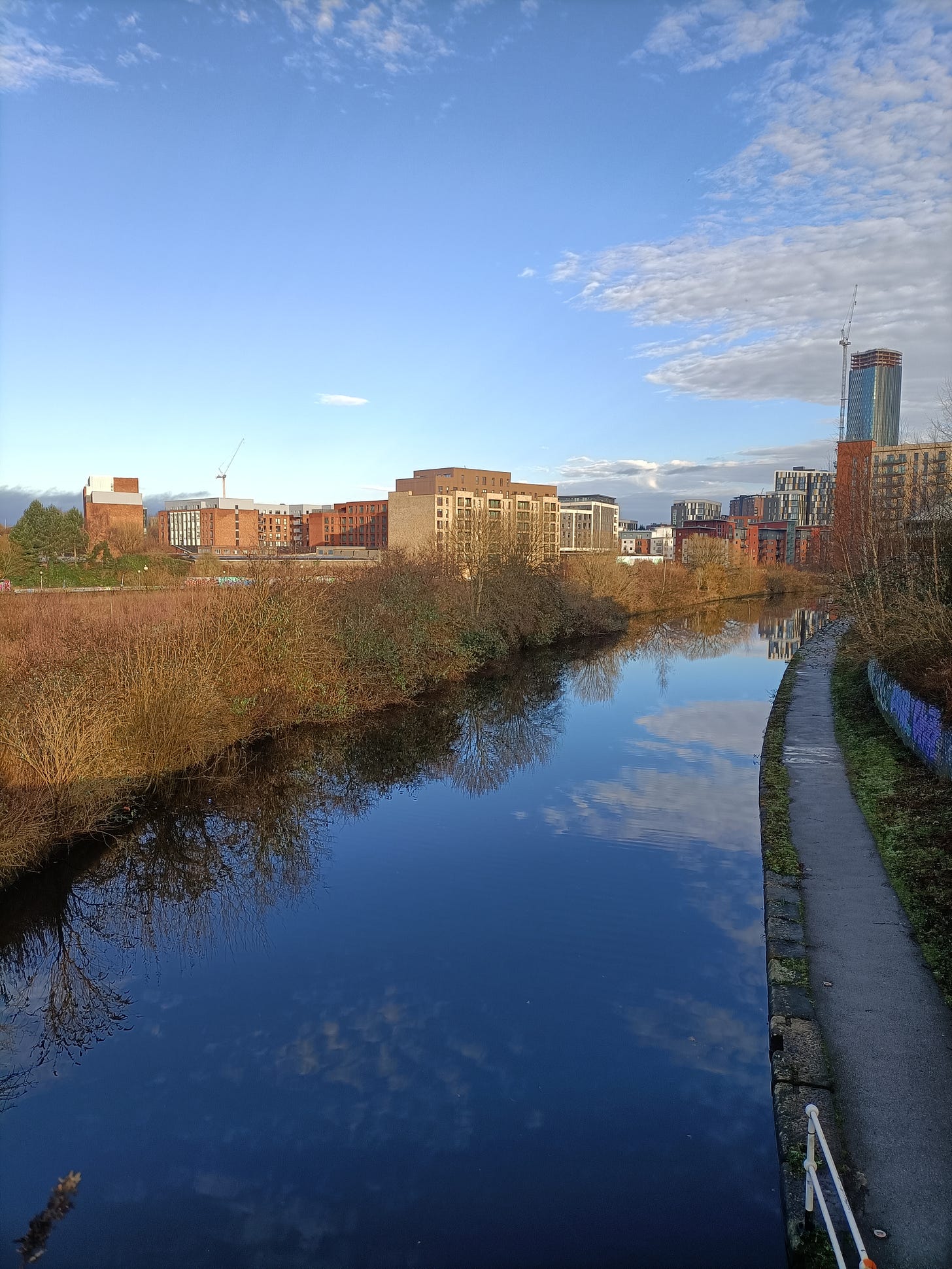
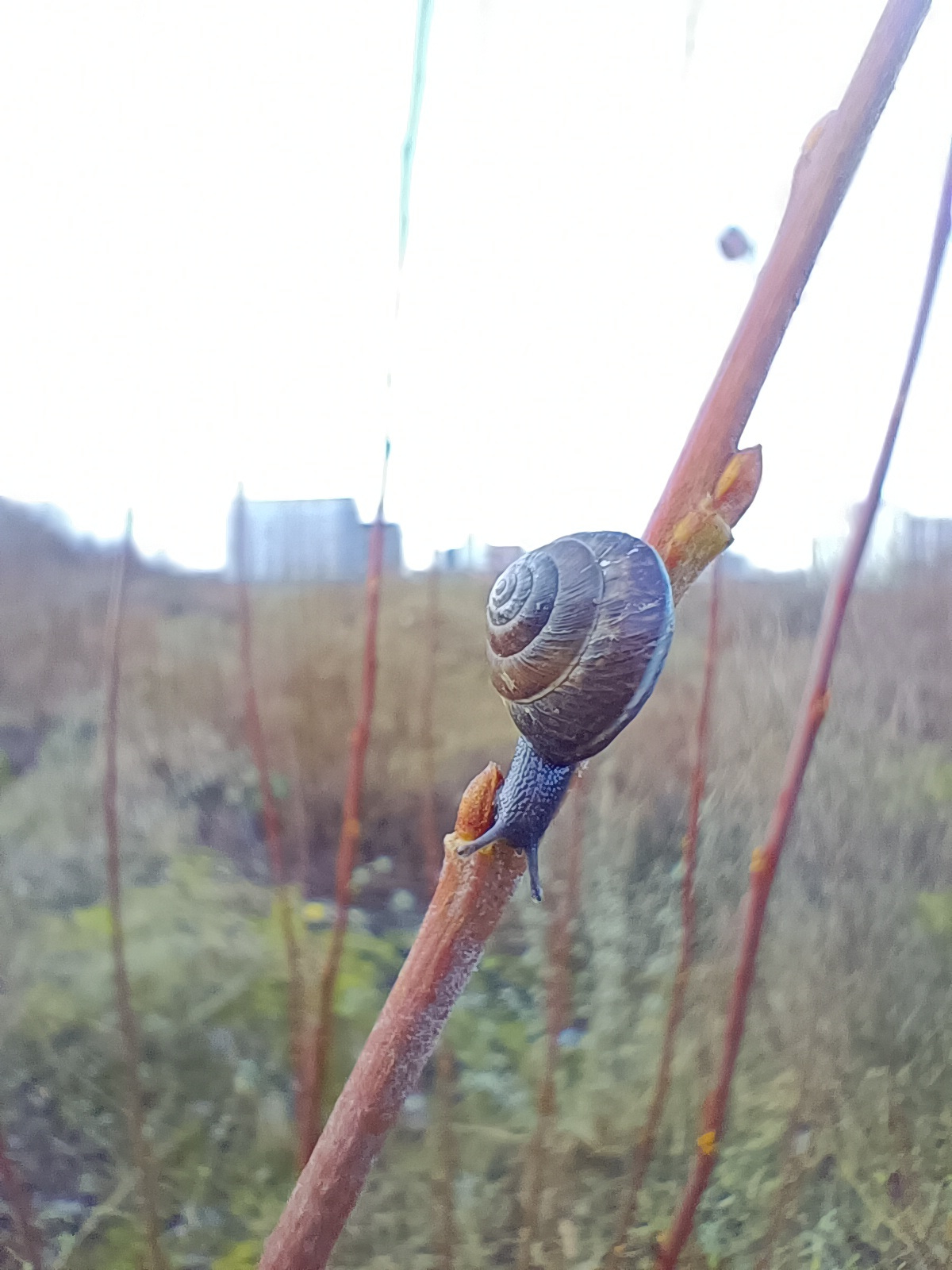
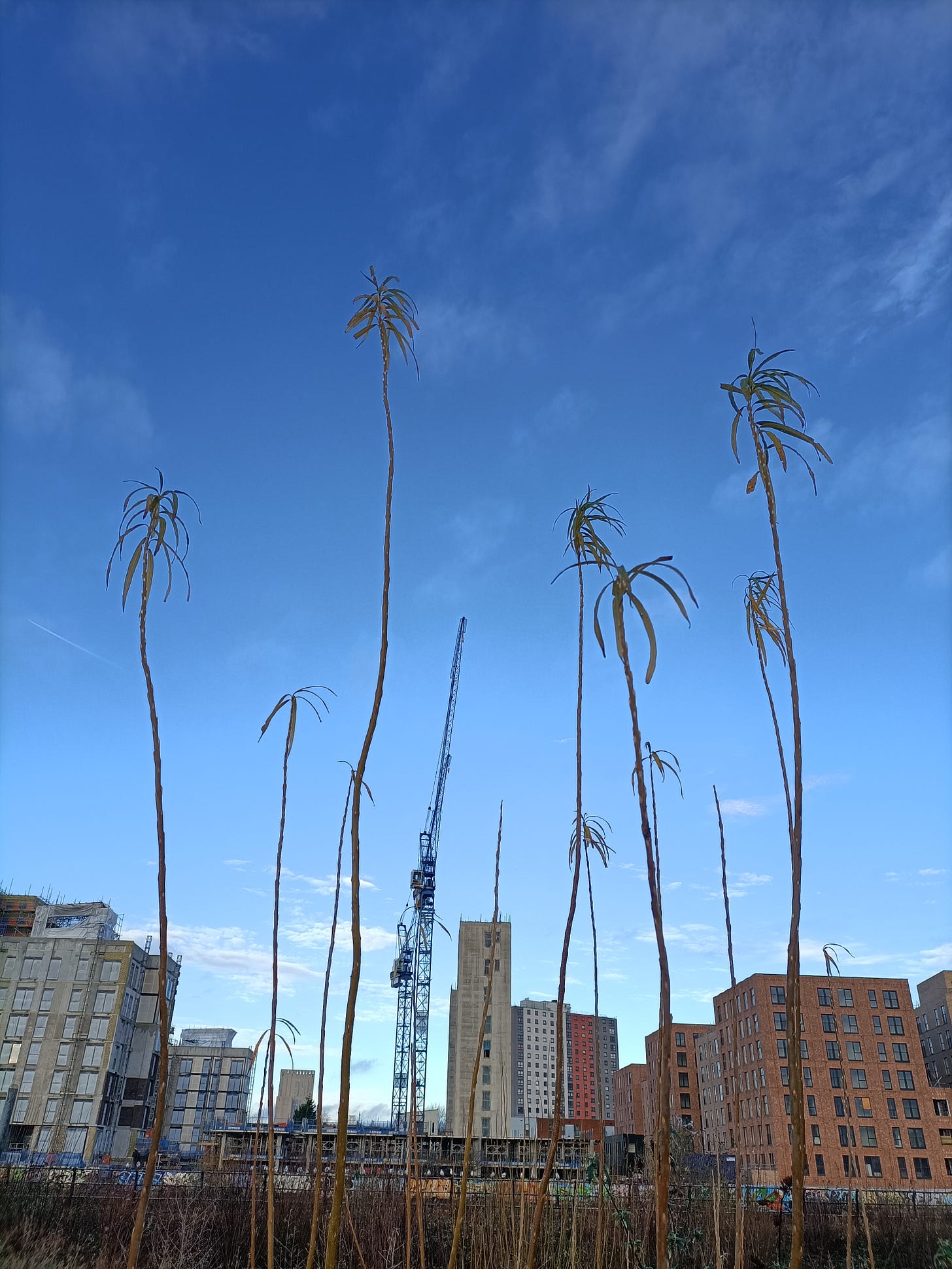









Share this post